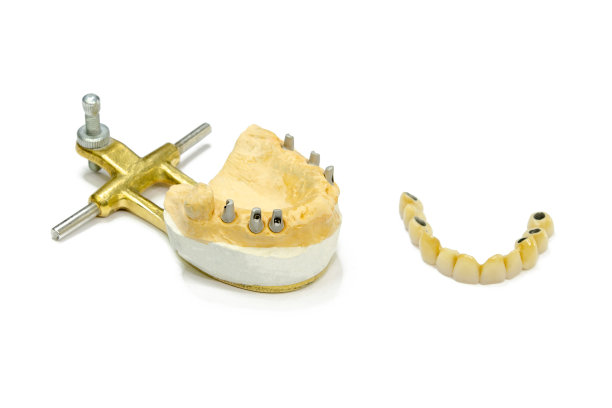Revolutionizing Smiles A Comprehensive Guide to Dental Implant Treatment for Improved Oral Health and Aesthetic Confidence
Summary: Dental implants have emerged as a transformative solution for those seeking to reclaim their oral health and aesthetic appeal. This comprehensive guide delves into the intricate process of dental implant treatment, exploring its numerous benefits, procedural steps, post-operative care, and the overall impact on both health and confidence. By understanding what dental implants entail, patients can make informed decisions and elevate their quality of life through improved oral functionality and aesthetic satisfaction.
1. Benefits of Dental Implants for Oral Health

Dental implants offer significant advantages for overall oral health, primarily by replacing missing teeth. One of the most notable benefits is their ability to preserve jawbone integrity. When a tooth is lost, the underlying bone can deteriorate over time. Implants interact with the bone, stimulating growth and preventing its loss, which keeps the jawline intact and supports facial structure.
Furthermore, dental implants contribute to better oral hygiene. Unlike traditional dentures, which can shift and cause food traps, implants are fixed securely in place. This stability allows individuals to maintain a regular brushing and flossing routine effortlessly, reducing the risk of gum disease and tooth decay in surrounding teeth.
Additionally, dental implants can significantly enhance bite force. Since they are anchored directly into the jawbone, they function much like natural teeth, allowing individuals to chew more efficiently and effectively. This improved functionality encourages a balanced diet, further promoting overall health and well-being.
2. The Procedure of Dental Implant Treatment
The dental implant process typically unfolds in several well-defined stages. The first step involves a comprehensive consultation, where the dental professional evaluates the patient’s oral health and creates a personalized treatment plan. This may include imaging studies like X-rays or a CT scan to assess the bone structure and identify the optimal implant placement.
Once the treatment plan is established, the next phase involves the surgical placement of the implant. During this procedure, a titanium post is inserted into the jawbone, where it will serve as a root for the new tooth. After placement, a healing period of several months is often required for the bone to integrate with the implant, a process known as osseointegration.
Finally, once healing is complete, abutments and crowns are added to the implants. The abutment serves as a connector between the implant post and the crown, which is the visible part of the tooth. This final step results in a restored smile that closely resembles natural teeth in aesthetics and function.
3. Post-Operative Care and Recovery
Post-operative care is critical to the success of dental implant treatment. Patients are usually given specific instructions to follow after the surgery, such as managing discomfort with prescribed medications and avoiding certain foods. Maintaining oral hygiene during this period is essential, so patients should carefully brush and floss to keep the surgical area clean.
Typically, after the placement of implants, patients can expect a week or two of healing before they return to their regular activities. During this time, it’s important to attend follow-up appointments to monitor the healing progress. Regular check-ups help ensure that the implants are integrating properly and minimize the risk of complications.
As healing progresses, individuals may notice gradual improvements in their oral comfort and functionality. This positive reinforcement significantly contributes to their confidence, as they can enjoy their favorite foods and smile openly without hesitation.
4. Impact on Aesthetic Confidence and Quality of Life
The transformative impact of dental implants extends beyond mere oral health—they significantly boost emotional well-being and self-esteem. Studies show that individuals with dental implants report higher satisfaction with their smiles and overall appearance. This newfound confidence often leads to greater social engagement and enhanced quality of life.
Moreover, dental implants can change how individuals approach everyday interactions. With restored teeth, people often feel more inclined to laugh, speak, and express themselves without the fear of a compromised smile. This increase in social confidence can lead to improved relationships and opportunities in both social and professional settings.
Ultimately, the aesthetic and functional benefits of dental implants contribute to a holistic enhancement of personal well-being. Patients can enjoy a restored sense of normalcy in their daily lives, enabling them to focus on activities they love without the constraints of dental issues.
Summary: In conclusion, dental implants stand out as a revolutionary option that greatly improves oral health and enhances aesthetic confidence. Through their ability to preserve jawbone health, improve oral hygiene, and restore functionality, implants empower individuals to reclaim their smiles. The careful procedure and post-operative care ensure effective outcomes, while the positive effects on self-esteem and quality of life cannot be overstated. Embracing dental implants is not just a decision for better oral health; it is also an investment in personal happiness and confidence.
This article is compiled by Vickong Dental and the content is for reference only.



